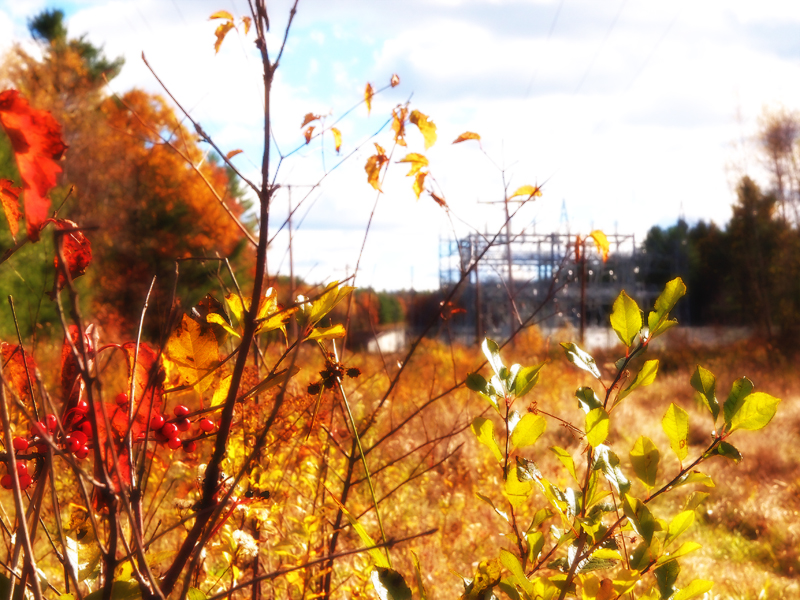Grandeur, Dignity, Power, Rebirth
Second Response: Beauty and Power — Cheryl
In every age the Church has called upon the arts to give expression to the beauty of her faith and to proclaim the Gospel message of the grandeur of God’s creation, the dignity of human beings made in his image and likeness, and the power of Christ’s death and resurrection to bring redemption and rebirth to a world touched by the tragedy of sin and death. — Pope Francis
The word “grandeur” always reminds me of the poem “God’s Grandeur” by Gerard Manley Hopkins.
The world is charged with the grandeur of God.
It will flame out, like shining from shook foil;
It gathers to a greatness, like the ooze of oil
Crushed. Why do men then now not reck his rod?
Generations have trod, have trod, have trod;
And all is seared with trade; bleared, smeared with toil;
And wears man’s smudge and shares man’s smell: the soil
Is bare now, nor can foot feel, being shod.And for all this, nature is never spent;
There lives the dearest freshness deep down things;
And though the last lights off the black West went
Oh, morning, at the brown brink eastward, springs—
Because the Holy Ghost over the bent
World broods with warm breast and with ah! bright wings.
One of the things I love about poetry is that it speaks on more than one level, and it lends itself to revisiting, potentially rewarding a diligent reader with new insights every time a poem is reread. “God’s Grandeur” is one of the poems I included in my “Year of Poetic Images” photography project. At the time, I focused on the second stanza, which deals with the perpetual rebirth of nature, and I chose an image of a Great Blue Heron.
Yesterday, I revisited the poem and found myself focusing on these four lines:
And all is seared with trade; bleared, smeared with toil;
And wears man’s smudge and shares man’s smell: the soil
Is bare now, nor can foot feel, being shod.And for all this, nature is never spent;
I imagine I’ll turn to “God’s Grandeur” again and again, and I look forward to what it will say to me through future readings.




